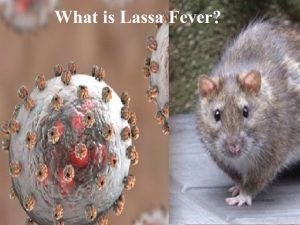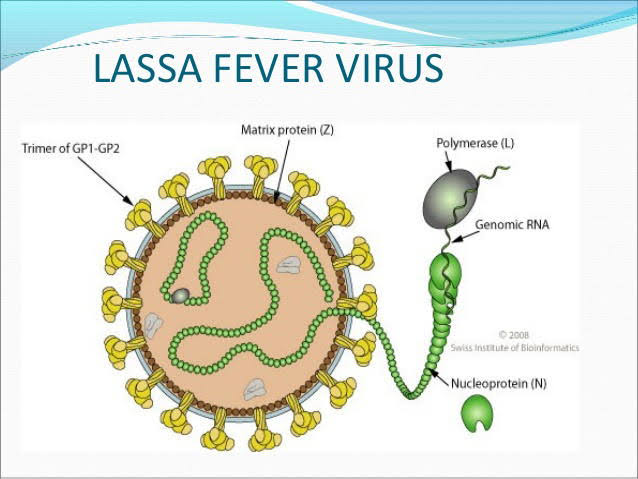
Lassa fever is a viral hemorrhagic fever caused by the Lassa virus, commonly found in West Africa, particularly in Nigeria, Liberia, Sierra Leone, and Guinea. It’s transmitted to humans through contact with infected rodents or their feces, and can also spread person-to-person through direct contact with an infected individual’s bodily fluids.
Symptoms:
– Fever
– Headache
– Muscle aches
– Sore throat
– Nausea and vomiting
– Diarrhea
– Abdominal pain
– Bleeding or hemorrhaging (in severe cases)
Transmission:
– Contact with infected rodents or their feces
– Direct contact with an infected person’s bodily fluids
– Contaminated food or household items
Risk Factors:
– Living in or traveling to areas where Lassa fever is common
– Handling infected rodents or their feces
– Coming into contact with someone infected with Lassa fever
– Poor sanitation and hygiene
Prevention:
– Avoiding contact with rodents and their habitats
– Practicing good hygiene, such as washing hands frequently
– Storing food in rodent-proof containers
– Wearing personal protective equipment (PPE) when handling patients or rodents
Treatment:
– Supportive care, such as fluid replacement and symptom management
– Antiviral medication Ribavirin, which is effective if administered early
According to the Nigeria Centre for Disease Control and Prevention (NCDC), the current case fatality rate stands at 18.9%, with 822 confirmed cases and 155 deaths reported in 2025. The NCDC is working to combat the outbreak through public awareness campaigns, rodent control measures, and distribution of medical supplies to affected regions

